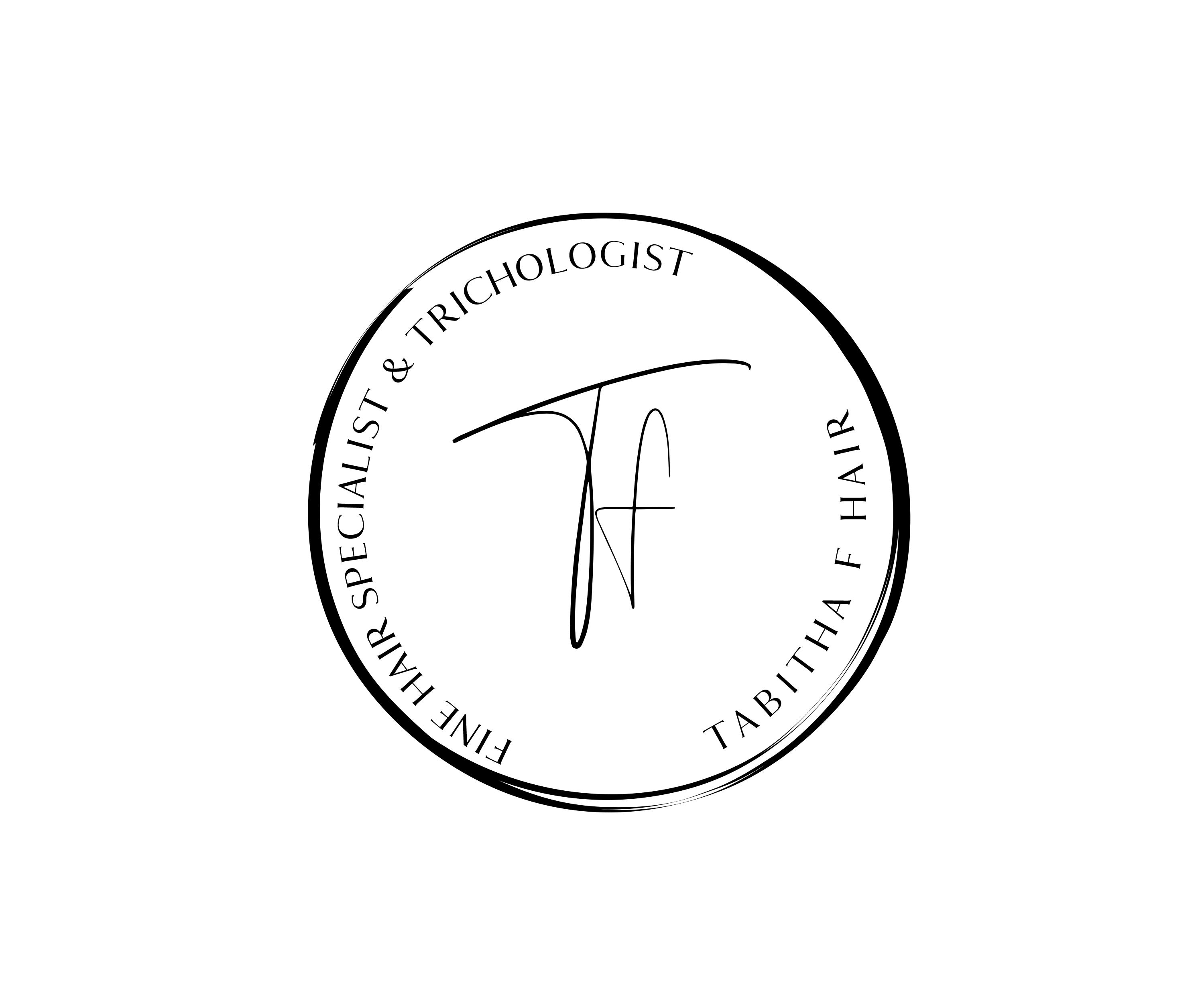Scalp Pain: Your Guide to Understanding and Addressing Your Clients' Concerns
- Tabitha Fredrichs

- May 27, 2024
- 2 min read

Hi there, Hair Experts! Today, let's dive into a topic that many of our clients might be curious about but often hesitate to bring up: scalp pain.
You know, that uncomfortable sensation that makes them wince when you're trying to work your magic with their hair. But fear not! We're here to shed some light on this mysterious issue and equip you with the knowledge you need to address your clients' concerns like a pro.
First things first, let's tackle the big question: what exactly causes scalp pain? Well, there are several factors at play here, ranging from everyday habits to underlying medical conditions. For starters, tight hairstyles like ponytails, braids, or buns can put undue pressure on the scalp, leading to discomfort and even pain. So, next time your client complains of a headache after sporting a sleek updo, you'll know why!
But that's not all – scalp pain can also be a red flag for more serious issues, such as scarring forms of hair loss like frontal fibrosing alopecia or lichen planopilaris. These conditions can cause inflammation and damage to the hair follicles, resulting in persistent discomfort and tenderness in the scalp. So, if your client mentions experiencing scalp pain along with other symptoms like hair thinning or redness, it might be worth suggesting they see a Trichologist for further evaluation.
Now, you might be wondering just how common scalp pain really is. Well, the truth is, it's more prevalent than you might think! According to recent studies, up to 45% of adults report experiencing scalp pain at some point in their lives. That's a significant number, which means chances are, you'll encounter clients dealing with this issue on a regular basis.
So, what can you do to help your clients find relief from scalp pain? Well, for starters, be sure to educate them on the importance of avoiding tight hairstyles and practicing gentle hair care techniques. Encourage them to opt for looser styles or hair accessories that won't put undue pressure on the scalp. Additionally, suggest they incorporate scalp massages into their hair care routine to promote relaxation and improve circulation to the scalp.
And finally, don't hesitate to refer clients with persistent scalp pain to a dermatologist or trichologist for further evaluation and treatment. Remember, addressing scalp pain early on can help prevent more serious issues down the line and ensure your clients' hair and scalp health remain in top-notch condition.
So, there you have it – your crash course on scalp pain! Armed with this knowledge, you'll be better equipped to address your clients' concerns and help them achieve happy, healthy scalps.





Comments